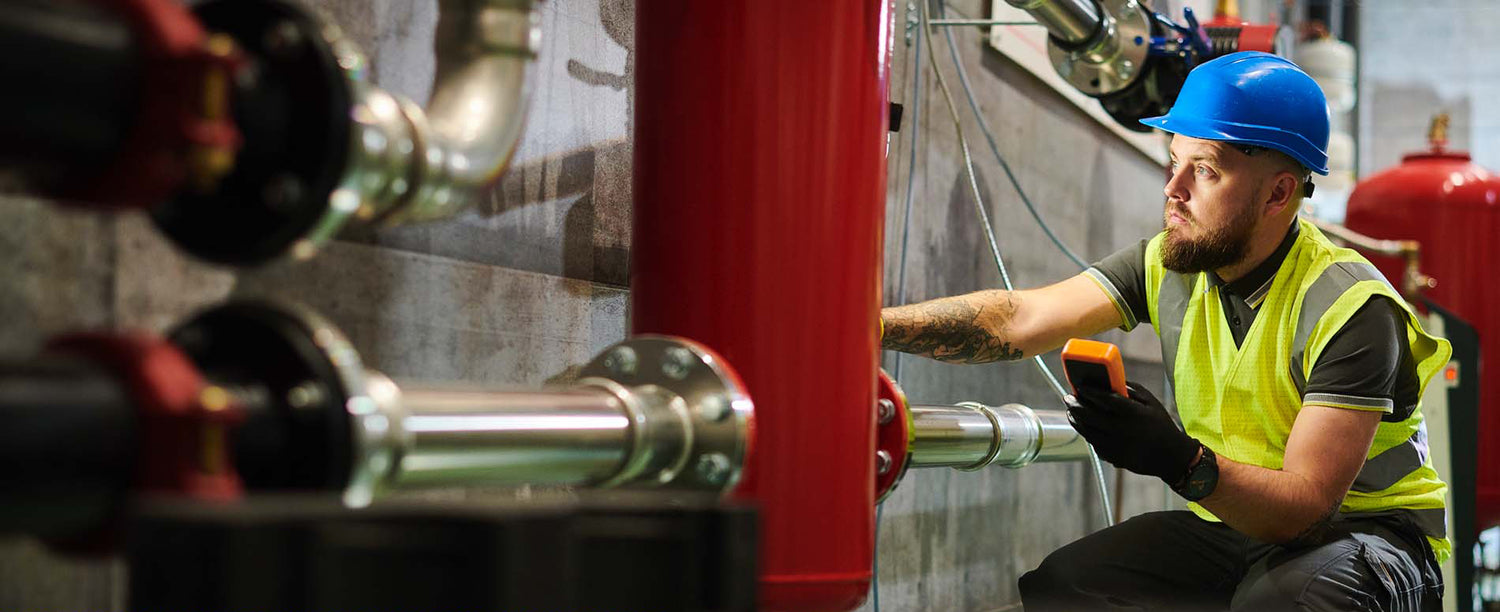ISEA published the first American National Standard for high-visibility safety apparel in 1999. Garments complying with ANSI/ISEA 107-1999 quickly became widely accepted as the best way to protect workers against hazards of low visibility and to enhance the visibility of workers who are exposed to struck-by hazards. A revision to the standard in 2004 added criteria for headwear and introduced test report forms. Garments complying with the standard are now required by the Federal Highway Administration (FHWA) for anyone working in a right-of-way or highway work zone.
In January 2010, the American National Standards Institute (ANSI) approved a revised edition of the standard, ANSI/ISEA 107-2010. This is the culmination of several years of work by the ISEA High Visibility Products Group, in cooperation with employers and workers, test labs and material suppliers, safety professionals, and federal, state, and local authorities.
This standard provides a uniform, authoritative guide for the design, performance specifications, and use of high-visibility and reflective apparel including vests, jackets, bib/jumpsuit coveralls, trousers, and harnesses. Garments that meet this standard can be worn 24 hours a day to provide users with a high level of conspicuity through the use of combined fluorescent and retroreflective materials.
Though the 2010 revision does not change the long-standing requirements for compliant garments with respect to classification and color, it does address important issues for the wearer related to flame resistance and use during rainfall.
“In the past decade, the acceptance and use of high-visibility garments have become commonplace in working environments where any kind of vehicular movement is present,” said Jim Teigen, chairman of the ISEA High-Visibility Products Group and business manager of OK-1 Manufacturing. “Due to this widespread use, garments have evolved to address other needs of workers, such as flame-resistant properties. The inclusion of flame-resistance criteria as an optional feature is included in direct response to end-user requests.”
Additionally, the update calls attention to the service-life guidelines for high-visibility garments that have been established by the Federal Highway Administration. “It is important that the end-user be aware of a high-visibility garment’s capability to offer continued protection,” Teigen noted. “For this reason, users are encouraged to follow guidelines put forth by the FHWA and manufacturers to ensure that they are being seen at all times, in all situations.”
ANSI/ISEA 107 was developed by ISEA in response to concerns that American workers who are exposed to low visibility hazards are not wearing appropriate visibility-enhancing apparel. “There’s been a lot of progress since the standard first appeared,” says ISEA manager of membership and standards services Cristine Fargo. “People driving through highway work zones can immediately see the advances in product design – the workers are more visible.”
The standard establishes three Performance Classes for high-visibility safety apparel based on the wearer’s activities and determined by the total area of background and reflective materials used.
To comply with ANSI/ISEA 107-2010, a garment’s background material, and retroreflective or combined-performance material, must be tested and certified by an independent, accredited third-party laboratory. The manufacturer of the finished item then verifies that the garment or headwear meets all the requirements of the standard, and provides a certificate of compliance for each model. Forms for recording and reporting test results are included in the standard, as is a format for the compliance certificate. These forms are also available online.
Occupational scenarios in an appendix to the standard provide guidance for users, emphasizing that garment selection should be based on the color and complexity of the work environment. the task load of the worker, separation of the worker from moving equipment and vehicles, and other work environment variables.
Note: On May 20, 2010, the Federal Highway Administration issued an official interpretation that garments labeled as meeting ANSI/ISEA 107-2010 are in compliance with sections of the 2009 Manual on Uniform Traffic Control Devices (MUTCD) covering workers, flaggers, and adult crossing guards. The language in the MUTCD makes reference to the 2004 edition of the standard.




